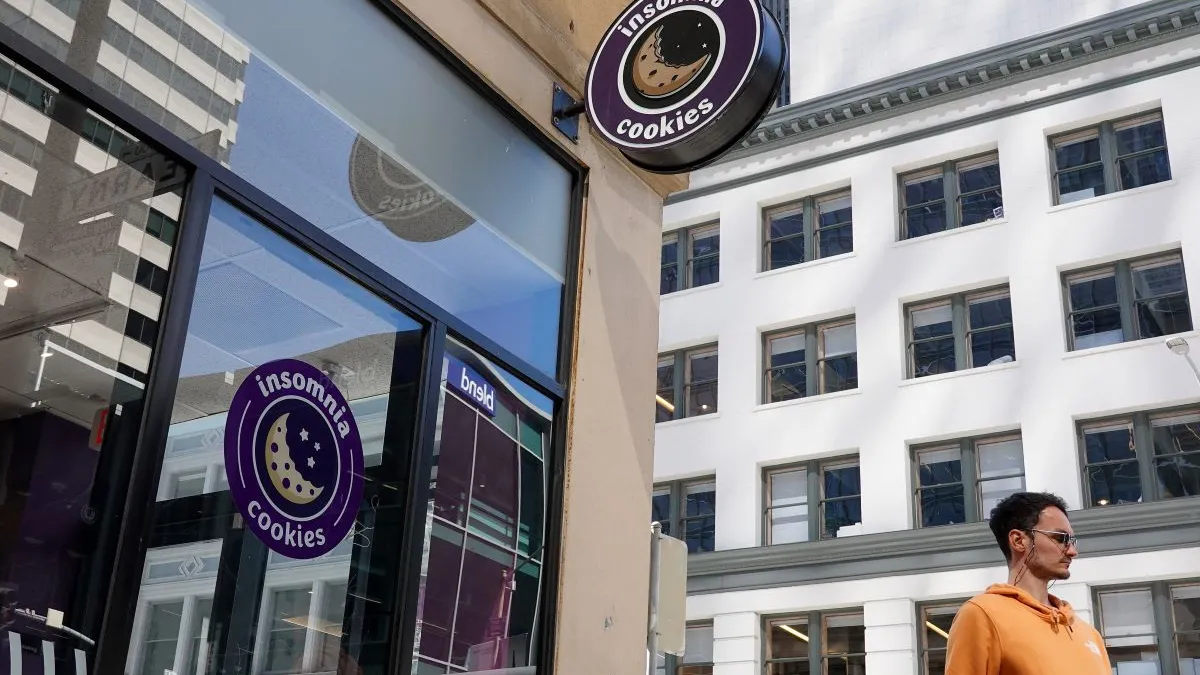What is culture in the workplace? Like art, “you know it when you see it.”
One company might have a "work hard, play hard" culture, while another may have one that is more flexible and family-friendly. Others have cultures of blame or harassment. But one thing’s for sure: your culture affects employee engagement and retention, which affects the company’s bottom line.
At a time when employers are reporting major talent shortages, it’s more important than ever to ensure your culture is the result of a deliberate, strategic choice.
Identifying a culture
Workplace culture is how people behave and work together to deliver results, says Barbara Porter, chief customer experience officer for Senn Delaney, a culture-shaping firm.
That business outcome is an important distinction, Porter said. “For so long, people thought [culture] was about the soft, emotional stuff; making people happy,” Porter added. “If you’re just focused on making people happy, you will lose money and go out of business.” Instead, a healthy workplace culture means creating the right environment for people to succeed and to impact business results.
Creating the right environment means looking at the way people behave in it, Porter said. Do employees resist or embrace change? Do they blame others and make excuses, or do they get results? Do they work in silos or collaborate? The answers to these questions can help identify what culture an organization has — regardless of what culture it claims to have.
Why a healthy workplace culture is essential — especially now
As businesses face the challenges of global competition, rapidly developing technology, skills shortages and increasing customer expectations, they need the innovation and engagement of employees more than ever. But research from Gallup shows that fewer than 1/3 of employees are engaged at work.
A positive work culture can help, as companies with a rich culture have low turnover and more engaged employees. Those engaged employees are 21% more productive than those who are not, and companies with engaged employees outperform their peers by 202%.
What makes a healthy workplace culture?
Some companies try to create culture with cool office locations, skateboard-friendly floor plans and pool tables. But those perks don’t create a longstanding culture, said Robert Glazer, founder and managing director of digital marketing agency Acceleration Partners.
Instead, a rich workplace culture is created through the alignment of core values and action, he said.
“A good culture is absolutely consistent with what it says and does,” Glazer said. That means recruiting people who share the company values, and then reviewing and rewarding behaviors that demonstrate those values. Even a cutthroat culture can be healthy if that aspect is transparent and employees know about it and share that value of competition, Glazer said.
However, with the rise of the conscious capitalism movement, many employees gravitate towards companies that offer a more positive environment, Porter said.
“Research on millennials, Gen X and Gen Z says they’re looking for places they feel they belong and are contributing to a greater good,” Porter added. Finding an organization where employees share a purpose and work well together is important to them.
Shaping a culture
Developing a company culture starts at the top, according to Chris Johnson, CEO of Uncubed, a startup recruiting and career platform. Leadership should document the vision, core values and expectations, and share that information with employees, he said.
After that comes reinforcement, according to Glazer. “There’s a big difference between what you say and what you do,” he said. It’s better for companies to not talk about culture at all than to talk about it, but behave in a way that is not be aligned to those values, he said.
And for HR, the continued work lies in monitoring the culture and continuing to shape it as needed. “HR is that strategic partner and voice that helps an organization progress across the culture continuum, ensuring the company does not go back to complacency and status quo,” Porter said.
It’s certainly best to develop a workplace culture at the company’s beginning, but that’s not always possible. When Johnson first launched Uncubed, his main goal was ensuring the company’s immediate success. Now, nearly six years later, he is starting to create a cultural document for his business. In fact, it’s never too late to realign your cultural direction.
Company cultures, new or old, will continue to evolve. And, as employees come and go, each with their own values and behaviors, organizational leaders must monitor behaviors and results to ensure the culture is what it is supposed to be, Porter said.
A company culture will naturally exist, but intentionality is the key in creating a positive one. “If you don’t shape the culture,” she added, “the culture will shape you.”




















